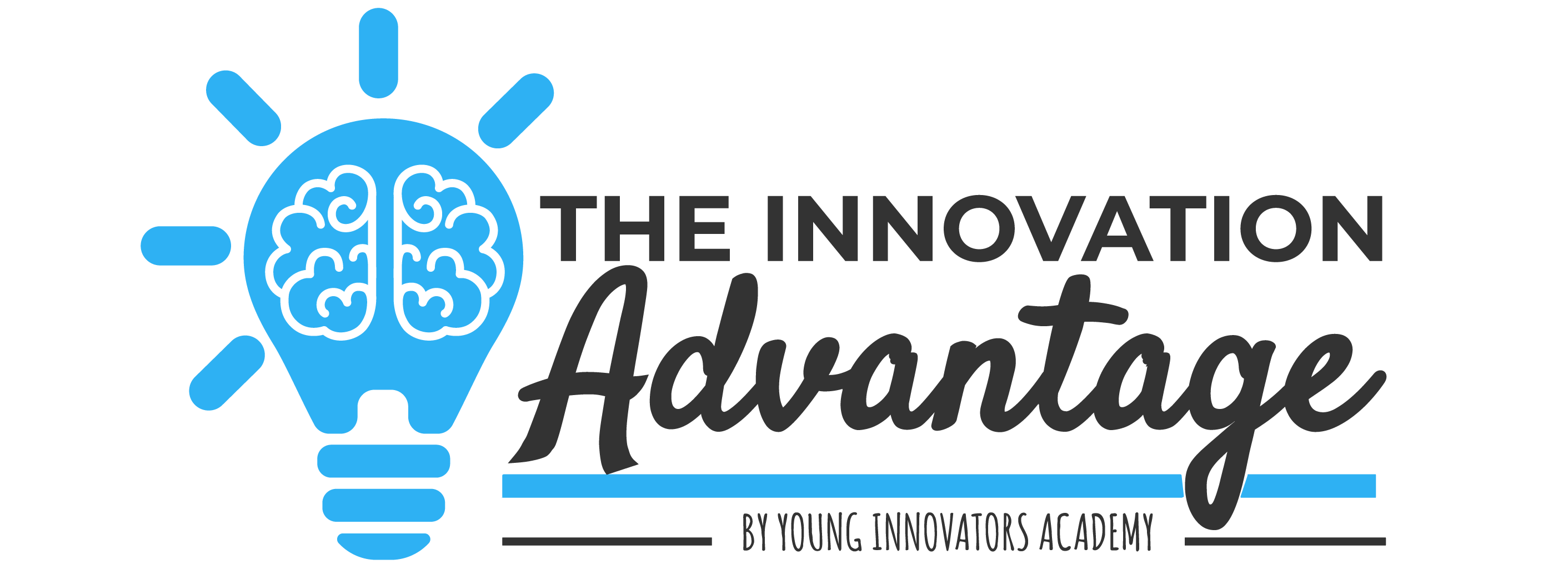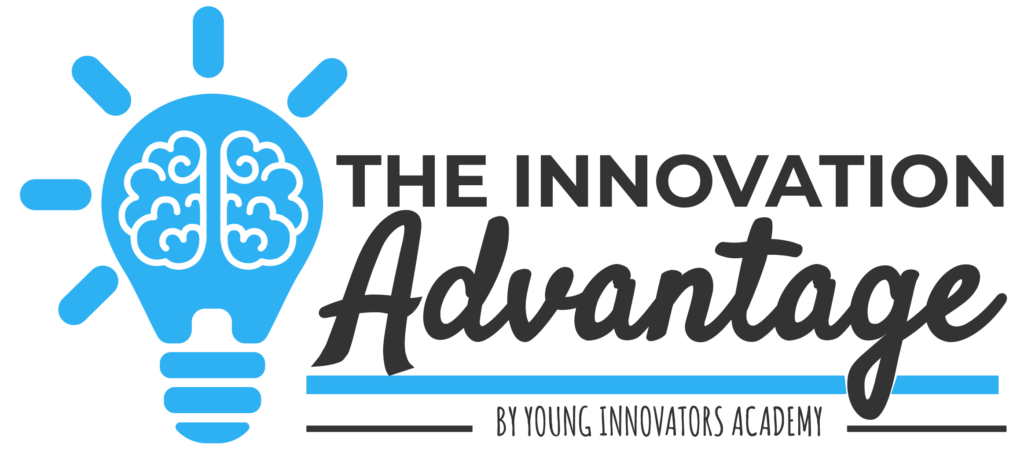Teaching is undoubtedly a noble and rewarding profession Innovation Advantage plays a pivotal role in shaping the future. However, it is not without its challenges, and one of the most prevalent issues faced by educators is burnout. Burnout is more than just feeling tired; it encompasses physical, emotional, and mental exhaustion, often accompanied by frustration and an overwhelming sense of responsibility. In this comprehensive exploration, we will delve into practical strategies aimed at reducing teacher burnout, all while embracing The Innovation Advantage.
1. Embracing Mindful Moments:
Teaching is not just a job; it’s a demanding profession that requires educators to navigate through a myriad of responsibilities. To address the toll it takes on their well-being, incorporating mindful moments into their daily routine can be transformative. Simple practices such as deep breathing exercises, short meditation sessions, or a brisk walk around the school can serve as rejuvenating breaks, allowing teachers to reset and recharge.
Moreover, The Innovation Advantage extends beyond personal practices. Schools can introduce mindfulness programs or workshops that provide teachers with practical tools to integrate mindfulness into their classrooms. By fostering a culture of mindfulness, the entire school community can benefit, creating an environment that promotes well-being, reduces stress, and enhances the overall teaching experience.
2. Foster a Supportive Community:
Teaching can sometimes feel isolating, with educators facing unique challenges that only their peers can truly understand. Establishing a supportive community within the school is instrumental in reducing feelings of isolation and burnout. Regular check-ins, collaborative lesson-planning sessions, and team-building activities can help cultivate a sense of camaraderie among educators.
Administrators play a crucial role in fostering this community spirit by creating spaces for open communication and providing platforms for teachers to share their experiences and insights. By building a supportive network, teachers not only find encouragement in challenging times but also gain valuable perspectives and strategies for overcoming obstacles. The Innovation Advantage, in this context, lies in recognizing the strength that comes from a united and supportive teaching community.
3. Professional Development Opportunities:
A commitment to continuous learning is at the heart of thriving educational environments. The Innovation Advantage emphasizes the importance of providing teachers with ongoing professional development opportunities. Workshops, conferences, and online courses can empower educators to stay abreast of the latest teaching methodologies, educational technologies, and pedagogical innovations.
Schools can take the initiative to establish partnerships with educational institutions or organizations to facilitate tailored professional development programs for their teaching staff. The goal is not only to enhance the skills of educators but also to reignite their passion for teaching. A well-supported and continuously learning teacher is more likely to be engaged and less susceptible to burnout.
4. Streamlined Administrative Processes:
Administrative tasks, although necessary, can often feel like an additional burden for teachers, diverting their focus from the core of their profession – educating students. The Innovation Advantage comes into play by advocating for streamlined administrative processes to alleviate this pressure.
Leveraging technology for tasks such as attendance tracking, grading, and communication can save valuable time for teachers. Schools can invest in user-friendly software and platforms that simplify administrative workflows, allowing educators to devote more time and energy to their primary role. The Innovation Advantage ensures that teachers can channel their efforts more effectively, leading to a more fulfilling and sustainable teaching experience.
5. Encourage Work-Life Balance:
The challenge of maintaining a healthy work-life balance is a persistent concern for educators. The Innovation Advantage places a strong emphasis on promoting this balance as a fundamental component of teacher well-being. Teachers need time to recharge, relax, and engage in activities outside the classroom to maintain their physical and mental health.
Schools can actively encourage teachers to establish clear boundaries between work and personal time. Creating policies that discourage excessive workload, providing flexible scheduling options, and promoting a culture that values personal time contribute to a healthier work-life equilibrium. The Innovation Advantage recognizes that a thriving teaching community is one where educators are supported in maintaining a sustainable and fulfilling lifestyle.
6. Celebrate Achievements, Big and Small:
Acknowledging and celebrating achievements, no matter how small, is a powerful motivator for teachers. The Innovation Advantage encourages schools to establish a culture of recognition and appreciation. Recognizing both individual and collective accomplishments reinforces a positive teaching environment.
Schools can organize regular award ceremonies, highlight success stories in newsletters, or create a “teacher of the month” program to showcase exceptional contributions. By celebrating achievements, schools not only boost morale but also create a sense of pride and accomplishment among teachers. The Innovation Advantage recognizes that a thriving teaching community is one where successes are acknowledged and celebrated.
7. Provide Resources and Tools:
Equipping teachers with the right resources and tools is essential for their success. The Innovation Advantage involves a commitment to investing in modern teaching aids, digital platforms, and up-to-date educational materials. Keeping classrooms well-equipped not only enhances the teaching experience but also eases the workload on educators.
Administrators should regularly assess the needs of their teaching staff and allocate resources accordingly. This may include providing access to educational technology, updating textbooks and teaching materials, and ensuring that classrooms are conducive to effective teaching and learning. By providing the necessary resources, The Innovation Advantage empowers teachers to deliver high-quality education and fosters an environment where both educators and students can thrive.
Conclusion:
In conclusion, combating teacher burnout requires a holistic and proactive approach that incorporates The Innovation Advantage. By embracing mindful moments, fostering a supportive community, offering continuous professional development, streamlining administrative processes, promoting work-life balance, celebrating achievements, and providing the necessary resources, schools can create a setting where educators can flourish as well as survive.
The Innovation Advantage is more than a concept; it is a commitment to the well-being and success of our educators. By implementing these strategies, schools can cultivate a culture that values and supports teachers, ensuring that they can continue to inspire and shape the minds of future generations with passion, resilience, and a sense of fulfillment. In the pursuit of educational excellence, The Innovation Advantage is the key to unlocking the full potential of both teachers and students alike. Through these concerted efforts, we can build a future where teachers not only endure the challenges but also thrive in their crucial role as the architects of knowledge and inspiration.


